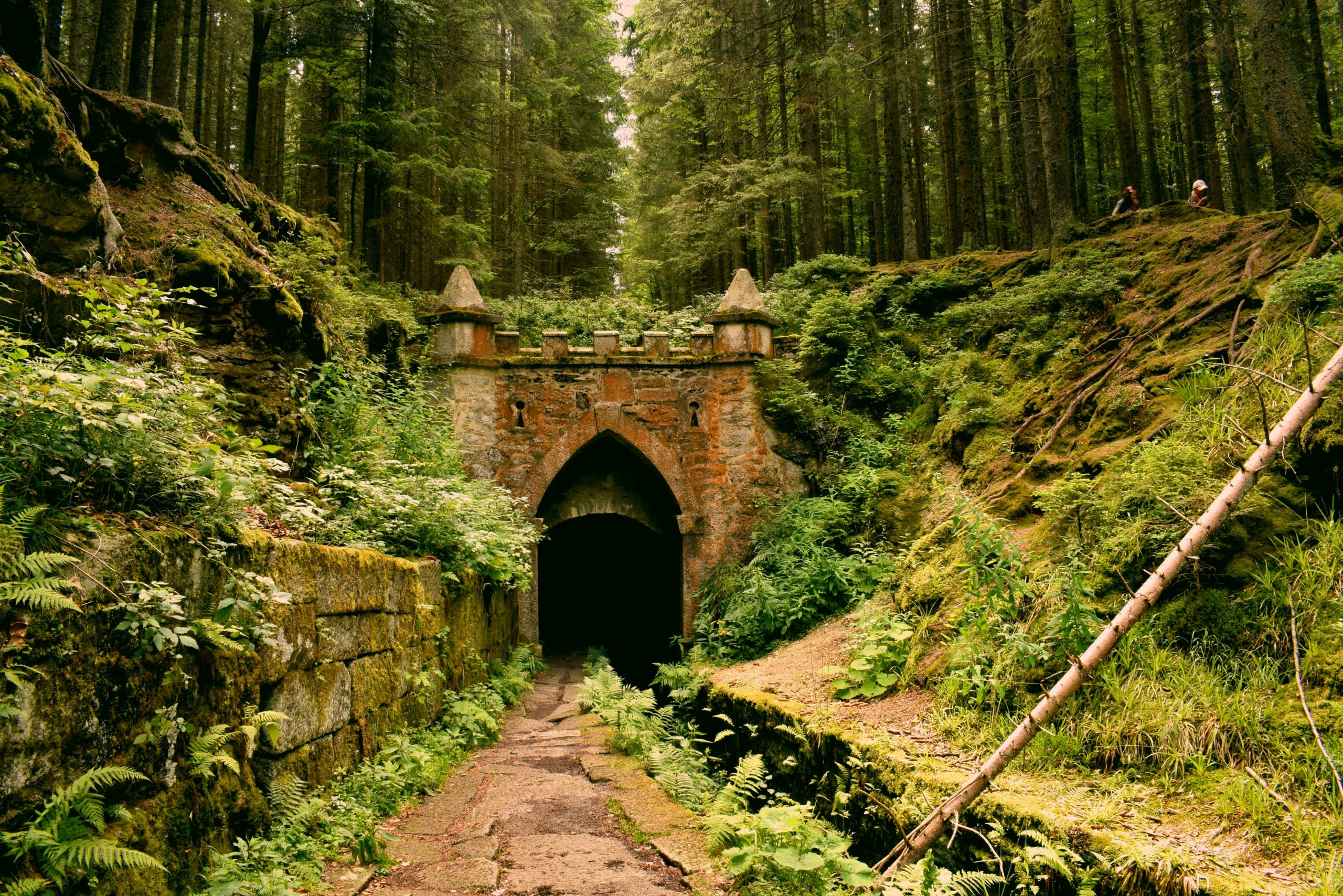The Medieval period has often been described as the Dark Ages — a time of political and spiritual unrest. Wars, plagues, famine, oppression, and corruption made life difficult and unbearable for the vast majority. In a time of hopelessness, one might assume that the church served as a beacon of hope and a place of refuge for the weary, but unfortunately, this was not the case. The church was riddled with controversies and schisms and was the antithesis of holiness and compassion. This ecclesiastical crisis created dissension not only among the clergy but the laity as well. Moreover, their grievances against the church reveal that the Medieval period was not monolithic. Dr. Joshua Bruce pointed out that some even believed that the pope was the Antichrist. Arguably, this dissent against the institutional church provided the stimulus for reform. James Payton notes, “The determined cry reformatio in capite et membris — ‘reform in head and members’ — echoed through the fourteenth and fifteenth centuries” (Payton 2010, 25). This backdrop provides the context in which the Reformation took place. Indeed, dissent against the institutional church changed the spiritual and political landscape of the Medieval period. This dissent combined with a growing sense of nationalism among European citizens prepared the stage for the Reformation. Payton states, “Loyalty to nation began to displace loyalty to the church as the primary loyalty—not that people turned from Christianity, but that they turned to the sure national center in their ruler, rather than the uncertain international one in the pope (whoever he was)” (Payton 2010, 34). From this shift, I surmise that the events that led to the Reformation were not purely doctrinal but were shaped by the political and economic instability that characterized most countries in Western Europe during this time.
While it may appear that the Medieval period offered nothing but despair, the sparks that came from anti-clericalism, ecclesiastical controversies, political upheavals, and the persistent cry of the Renaissance: ad fontes (to the sources) eventually ignited a flame; a Reformation that would change the course of world history. Payton notes, “The Reformation did not drop out of the sky from heaven. It arose ‘on the ground,’ in response to the oft-repeated call for reform which echoed down through the fourteenth and fifteenth centuries” (Payton, 2010, 23). Hence, the Dark Ages weren’t that dark at all. There was light in the darkness. God was at work. Payton concludes, “When the Reformation came in the sixteenth century, it came to a soil well prepared for the seed it would sow: Western Europe was looking for answers and direction, and the Reformers offered both” (Payton 2010, 25).
As I look back at what God did before and during the Reformation, I can’t help but magnify His wisdom and sovereignty. He used every event, both the good and the bad to ignite a passion for doctrinal purity and moral rectitude in the church. Dr. Bruce rightly states, “Church history is the story of the Holy Spirit. Through it, you are learning more about the Holy Spirit and what He does.” Thus, I am reminded that the focus of church history must not be primarily directed to great men and women but to the great God who uses frail and sinful human beings to carry out his purpose.

